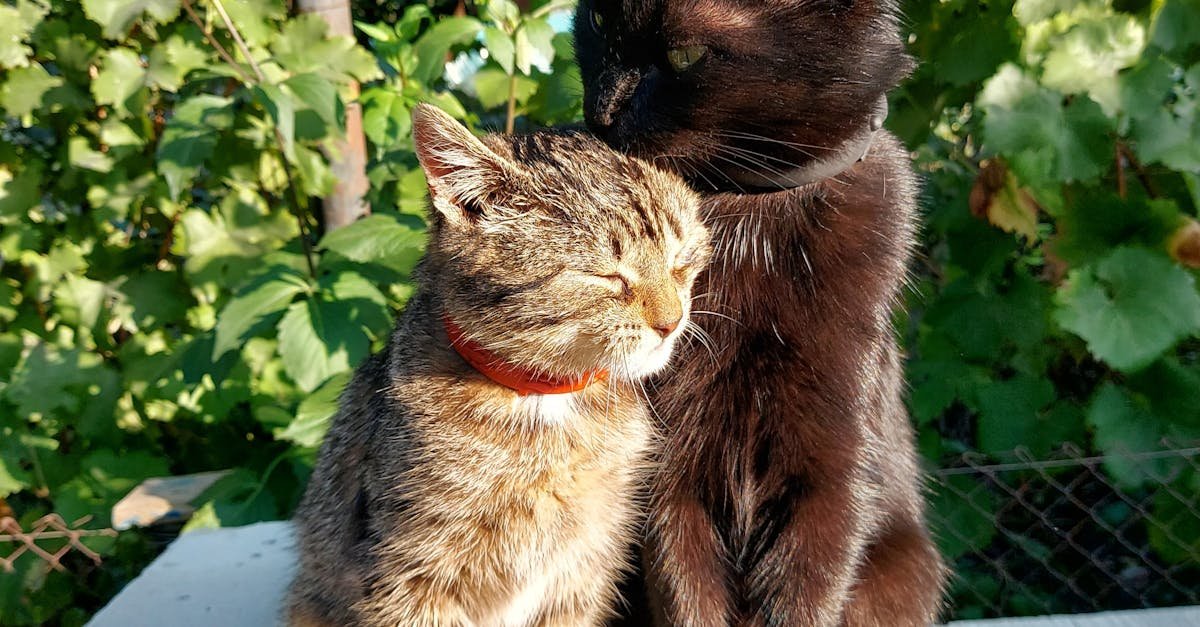:strip_icc()/susan-johansen-garden-therapy-dogs-102792903-66d15f3c81114c55a1fe36113d34a3d4.jpg)
Pet-Friendly Gardening: How to Create a Safe and Beautiful Outdoor Space for Your Pets
Estimated reading time: 7 minutes
Key Takeaways
-
- Pet-safe plants ensure your garden is non-toxic for dogs and cats.
-
- Avoid toxic plants for cats like lilies and sago palms.
-
- Design dog-friendly garden spaces with durable ground covers and secure fencing.
-
- Create engaging outdoor spaces for pets with shade, water features, and play areas.
- Regular maintenance keeps your garden safe year-round.
Table of contents
Introduction
Gardening with your furry friends can be incredibly rewarding, but did you know common plants like lilies can be deadly to cats? Pet-friendly gardening is the practice of designing and maintaining a garden that’s both safe for pets and visually appealing.
This guide covers everything you need to know, including:
- Pet-safe plants that won’t harm dogs or cats.
- Toxic plants to avoid (especially for curious cats).
- Dog-friendly garden design tips for playful pups.
- Outdoor spaces for pets that keep them happy and engaged.
Let’s dig in!
Understanding Pet-Safe Plants
Pet-safe plants are non-toxic to dogs and cats, ensuring no harm if your pet nibbles on them.
Examples of Safe Plants:
- Spider plants – Resilient and safe for curious chewers.
- Boston ferns – Thrives in shade and non-toxic.
- Rosemary – A fragrant, dog-safe herb. (Source: The Spruce).
Choosing the Right Plants for Your Pet’s Habits:
- For diggers: Use sturdy plants like astilbe. (Source: Gardeners’ World).
- For chewers: Opt for thick-leaved plants like haworthia succulents. (Source: Planet Desert).
→ For more on pet-safe nutrition, explore our guide to Healthy Diets for Dogs & Cats.
Gardening with Dogs: Safety & Design Tips
Gardening with dogs means balancing beauty with durability.
Dog-Friendly Ground Covers:
- Clover – Soft, durable, and resistant to dog urine.
- Mulch – Avoid cocoa mulch (toxic to dogs). (Source: Penn State Extension).
Fencing & Boundaries:
- Use secure barriers to protect flower beds. (Source: AKC).
- Avoid thorny hedges that could injure your pup.
→ Learn how to dog-proof your entire home for a safer environment.
Toxic Plants for Cats to Avoid
Toxic plants for cats can cause serious health issues—even small amounts can be dangerous.
Common Poisonous Plants:
- Lilies – Even pollen can cause kidney failure.
- Sago palms – Can lead to liver damage.
- Aloe vera – Causes vomiting and diarrhea. (Source: Pet-FX).
Symptoms of Poisoning:
- Lethargy
- Drooling
- Seizures (seek vet care immediately).
→ Discover emergency vet care tips if your pet ingests toxic plants.
Designing Outdoor Spaces for Pets
Creating outdoor spaces for pets ensures they have a fun and safe environment.
Key Features to Include:
- Shade: Plant tall grasses like pampas grass or install awnings. (Source: Florissa).
- Water features: Shallow fountains for hydration (avoid deep ponds).
- Play areas: Digging pits filled with sand or obstacle courses. (Source: Penn State Extension).
→ Need more ideas? Check out our guide to Safe Backyard Ideas for Dogs.
Maintenance & Long-Term Pet Safety
Keeping your garden pet-safe requires regular upkeep.
Routine Checks:
- Remove fallen toxic leaves (e.g., from oleander).
- Inspect plants for pests or damage. (Source: Gardeners’ World).
Seasonal Risks:
- Avoid poinsettias (holiday hazard).
- Keep pets away from spring bulbs (tulips are toxic).
→ For year-round safety, explore our Seasonal Pet Care Guide.
Conclusion
Pet-friendly gardening is all about choosing safe plants, avoiding toxic ones, and designing a space where pets can play without risk.
Next Steps:
- ✅ Download a pet-safe plant checklist here.
- ✅ Consult your vet before introducing new plants.
→ Strengthen your bond further with Understanding Pet Communication to decode their garden behavior!
Now, go create a garden that’s as safe as it is stunning!
Frequently Asked Questions
What are the best pet-safe plants for beginners?
Spider plants, Boston ferns, and rosemary are excellent choices for beginners as they are easy to care for and non-toxic to pets.
How can I stop my dog from digging up my garden?
Provide a designated digging area filled with sand or soft soil to redirect their behavior. Secure fencing around flower beds can also help.
What should I do if my cat eats a toxic plant?
Contact your vet immediately. Symptoms like vomiting, lethargy, or seizures require urgent attention.
Are there any pet-friendly alternatives to chemical pesticides?
Yes, natural options like neem oil or diatomaceous earth are safer for pets while still effective against pests.
How can I make my garden more engaging for my pet?
Incorporate features like shallow water fountains, obstacle courses, and shaded resting areas to keep your pet entertained and comfortable.
